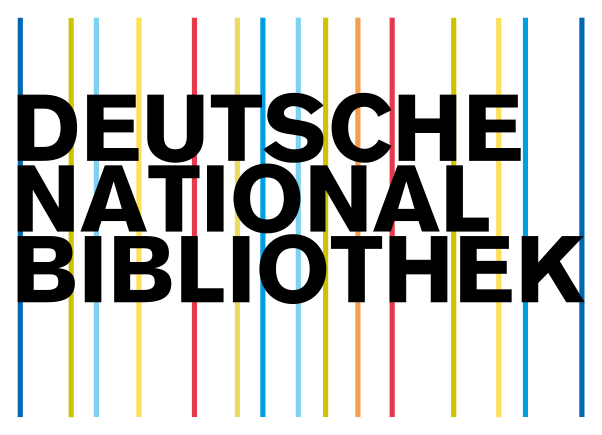Faster Communication Considering Emotional Quotient Using BCI
DOI:
https://doi.org/10.5281/zenodo.4739444Keywords:
Brain Computer Interface (BCI), Electroencephalography (EEG), Brain Sense, Paralyzed Person, Binary CommunicationAbstract
The basic problem of a paralyzed person is the communication of his/her needs to the caretaker. In this Study, Brain Computer Interface can be considered as the solution and can also be convenient way for the patients, who cannot convey even the fundamental need like water, food, washroom urgency etc. Using this BCI device the patient can communicate accurately and adequately. The device doesn't need any physical movements to interact with it. It can be determined using brain activities based on EEG signals. In this Study, we are focusing on developing a practical BCI system or prototype to enable binary communication for patients.
Downloads
References
Chang Hee Han, Chang-Hwan Inn, “EEG-based Brain-Computer Interface for real-time communication of patients in completely locked-in state”.
Mikhail A Lebedev, "Towards a versatile brain-machine interface: Neural decoding of multiple behavioral variables and delivering sensory feedback".
Tomislav Milekovic, "Brain-computer interfaces based on intracortical recordings of neural activity for restoration of movement and communication of people with paralysis".
Abhinav Das, Subhash Chand Gupta, Tanupriya Choudhury, Suraj Sachan, "A fully comprehensive & relative study of Human Brain-Computer Interface Algorithms".
T.C Hsia, R.H Kraft. (2009, july, 30) A digital signal processing system for EEG frequency analysis, [Online]. Available : https://www.sciencedirect.com/science/article/abs/pii/0010468X83900235
Dipali Bansal, Rashima Mahajan. (2019) EEG-Based Brain-Computer Interfacing (BCI), [Online]. Available : https://www.sciencedirect.com/topics/engineering/brain-signal
The Brief History of Brain Computer Interfaces, [Online]. Available : http://www.brainvision.co.uk/blog/2014/04/the-brief-history-of-brain-computer-interfaces/
Harsimrat Singh, Ian Daly. (2015, November) Translational Algorithms: The Heart of a Brain Computer Interface, [Online]. Available:https://www.researchgate.net/publication/281770519_Translational_Algorithms_The_Heart_of_a_Brain_Computer_Interface
NeuroSky, [Online]. Available : https://en.wikipedia.org/wiki/NeuroSky
Neural Impulse Actuator, [Online]. Available : https://en.wikipedia.org/wiki/Neural_Impulse_Actuator
Speech-generating device, [Online]. Available : https://en.wikipedia.org/wiki/Speech-generating_device
Downloads
Published
How to Cite
Issue
Section
URN
License
Copyright (c) 2021 Perspectives in Communication, Embedded-systems and Signal-processing - PiCES

This work is licensed under a Creative Commons Attribution 4.0 International License.






